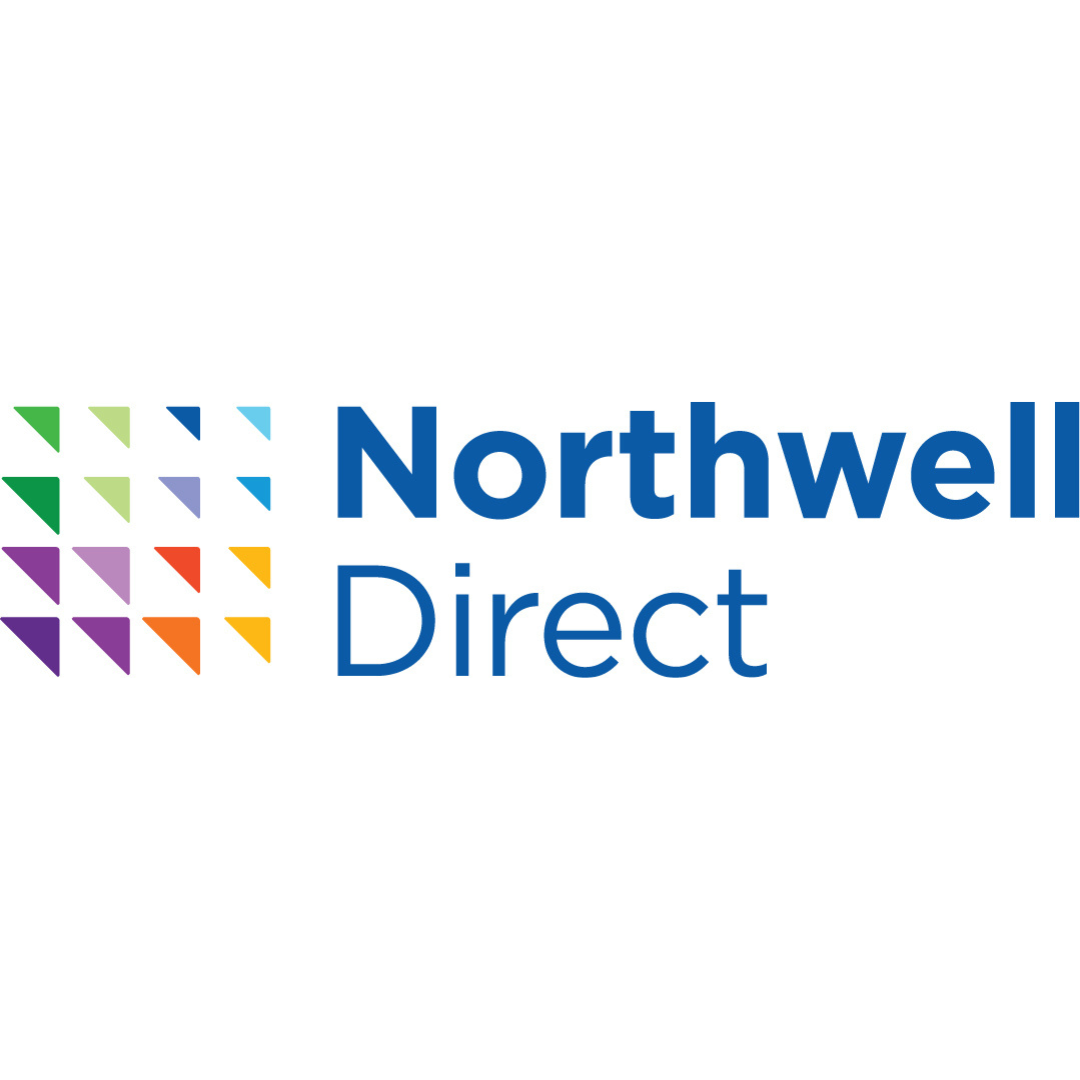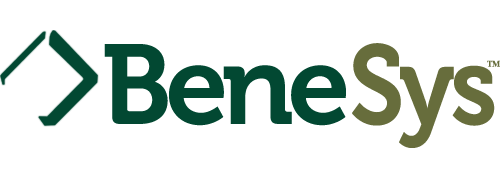
It doesn’t matter if you earn a little or a lot. Understanding and putting basic budgeting techniques into practice can take you from where you are today, to where you want your finances to go in the future. But to many people, the word “budget” sounds lot like the word “diet,” conjuring up images of hours spent in front of a spreadsheet or app, restrictive spending rules, and frustration.
When viewed this way, no wonder we blow off our financial planning. But budgeting doesn’t have to be complicated or time consuming. Stripped down to the basics, a budget can help you reach your financial goals without spending a ton of time or financially restricting the joy out of your life. Here’s how to get started:
Do I need a budget?
If you’re someone who spends or makes money—you need a budget. It’s a simple fact. We all need to understand how much money is coming in, and how much is going out. And the benefits are huge:
- Know where your money is going
- Get a better handle on your overall finances
- Uncover hidden cash flow problems
- Set and reach your financial goals
- Save money for the future
- Get out of debt faster
- Create financial peace of mind
Budgeting 101: 6 Steps to Success
The key to success is to start small and build up the habit of managing your money.
1. Start simple.
A basic budget doesn’t have to be super detailed or fancy, and it shouldn’t take hours or days to create.
Start by keeping track of how much you spend over one month in basic categories like rent/mortgage, utilities, car expenses, food, household expenses, and entertainment. The more accurate you are in tracking current expenses, the more accurate your budget will be, but you don’t have to save paper receipts or keep track of your spending manually if you don’t want to.
Your bank may offer a free spending tracker already built-in to your online banking services. Several apps also help you monitor your spending. Some even allow you to link your bank account or credit cards so your spending is automatically pulled into the app and categorized for you.
2. Know how much you’re bringing in.
Among other things, a budget will help you make the best use of your income. It’s integral to know what your income is and how much money you have coming in every month. Add up your wages, money from side gigs, spousal support, child support, business income, and investment income. If your monthly income varies, make a close estimate based on an average of the past few months.
3. Set goals based on your values
Setting goals can help you decide where it is really worth cutting back or changing your spending habits. Your goals can be anything. For example, many people start with building an emergency fund. Most experts recommend saving three to six months’ worth of expenses. If you don’t have that saved, aiming for a month’s worth of expenses is a good, easy way to get started.
Once you’ve covered your emergency fund, you can set goals for anything—buying a home, retiring early, building a college fund for your kids. The key to making goals work is to only invest your time and money into what matters to you. Think about what you want for your family and yourself in the future and take it from there.
4. Create a budget you can actually live with
Now that you know how much you’re bringing in how much you’re spending, and what your goals are, it is time to put it all together in a plan that works for you.
Unfortunately, this is where some people get tripped up. Creating a budget can feel too restrictive or too time consuming, but it doesn’t have to be either. If you want, start off small by only budgeting for a few of your variable spending categories like groceries or entertainment. Alternatively, you could opt for dividing your budget categories by percentages, rather than specific dollar amounts.
If you try one budgeting tactic for a few months and feel it isn’t working for you, switch to another one. Eventually, you’ll find a plan you can work with long-term.
5. Cut spending.
Once you have your budget in place, it is a good idea to look through and see where you can make cuts to your spending. You don’t have to give up everything you enjoy buying, but even small changes can speed up progress toward reaching your goals.
Not sure what you can cut? Look to subscriptions, first. Most of us have at least one gym membership, monthly delivery service, or streaming app that we’re paying for without getting much use out of. Culling your auto pay list is a great, easy way to lighten your financial load without sacrificing your lifestyle.
6. Check in periodically.
Don’t forget to check in periodically and make sure your budget is still working for you. By checking in every few months or so, you’ll be able to stay on top of lifestyle creep, cull spending that no longer makes sense for you, and modify your goals as needed.
The Bottom Line
Whether you know it or not, your financial health is affecting your quality of life. Creating and following a basic budget can help improve your financial health and positively impact other areas of your life. If it starts to feel too restrictive or complicated, don’t give up, just take another approach.
Repost: credit: Budgeting Your Money in 6 Simple Steps [2021] | LendingClub






























